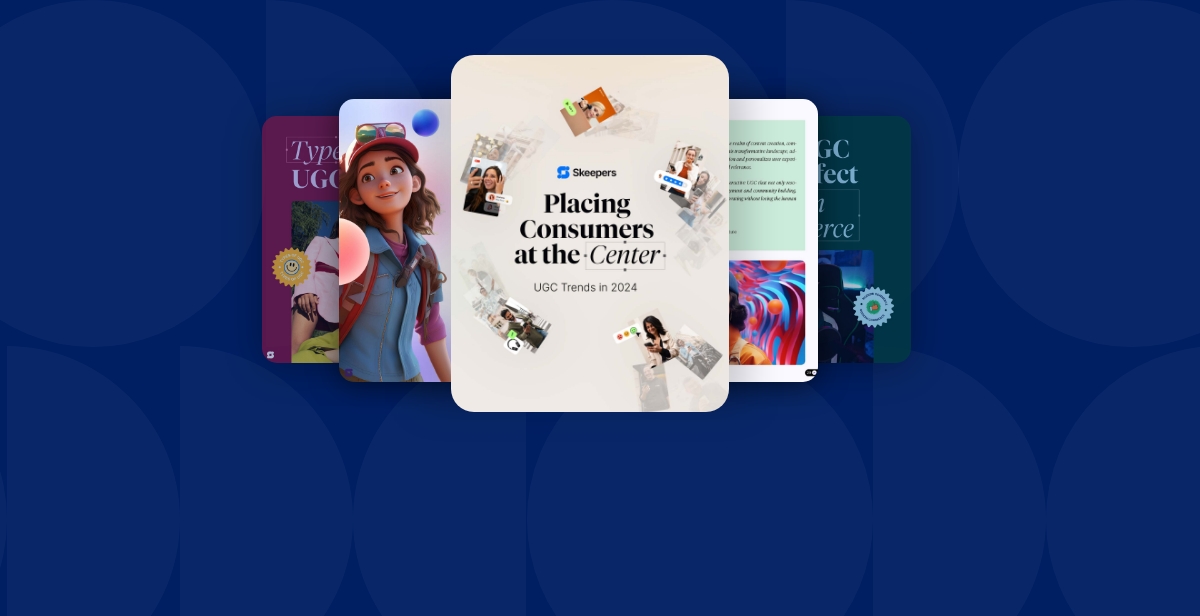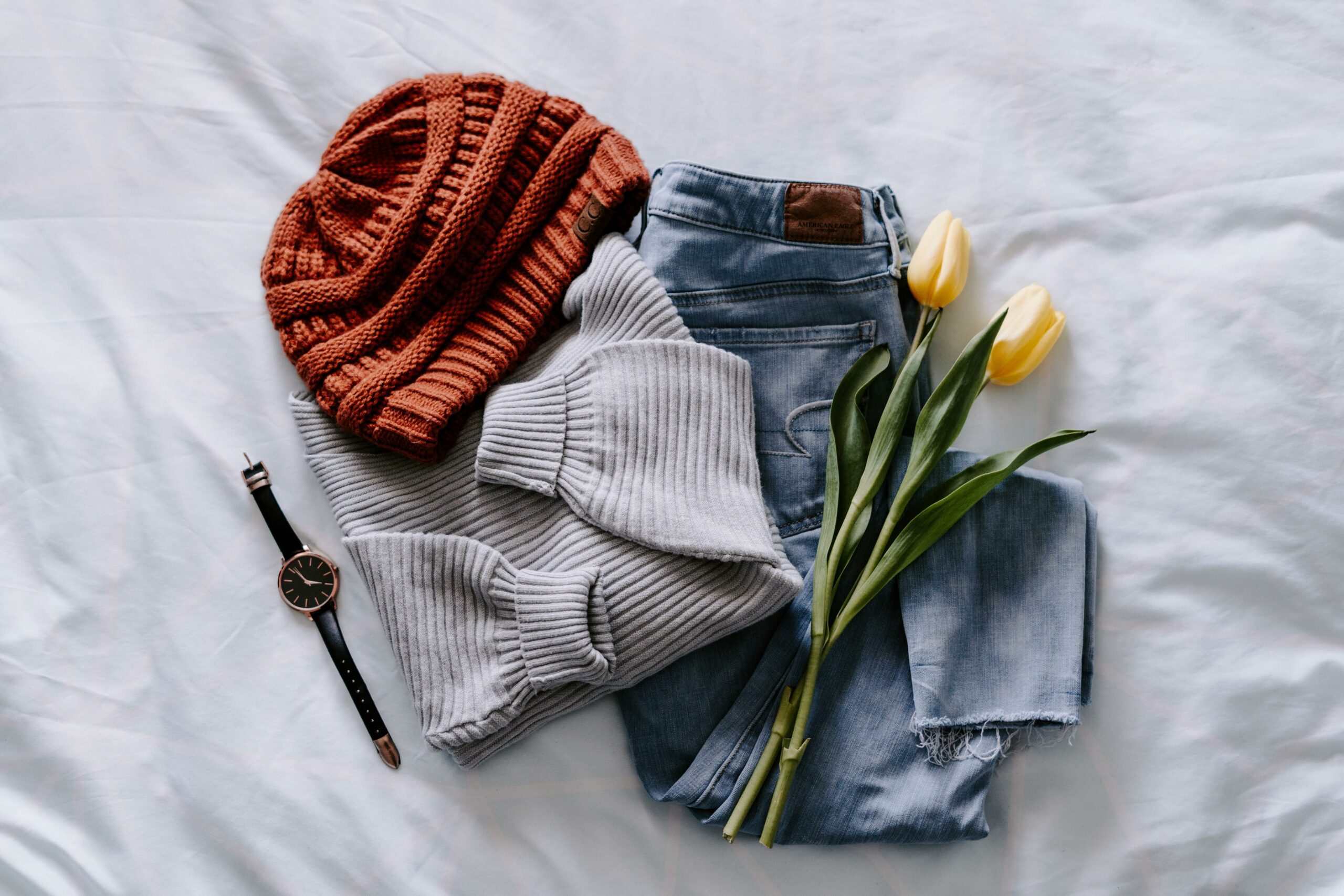As we know, the fashion industry takes inspiration from social media. The fashion industry is huge on social media, and to be able to stand out from the heavy competition, you need to choose the right social networks for your campaigns and know exactly how to use them to achieve your objectives. When choosing the...
As we know, the fashion industry takes inspiration from social media. The fashion industry is huge on social media, and to be able to stand out from the heavy competition, you need to choose the right social networks for your campaigns and know exactly how to use them to achieve your objectives.
When choosing the kind of influencer campaign for your brand, bear in mind that micro influencers have a close connection with their community, based on trust and transparency. Profiting from this close relationship is essential for fashion brands that work with social media.
Every social media has its strengths and weaknesses. To get the best of them, you have to choose depending on the industry, the needs, goals or targets of the brand/campaign… In this article, we’ll help you choose the right social media for your brand based on your target audience.
Target #1: 18 to 24-year-olds – young people are the future
- YouTube is the world’s second-most visited website. The largest group of users in the USA are the 15 to 25 year-olds. The bond between YouTubers and their audience is particularly strong, as viewers will typically follow them for a really long time. Thus, they trust their judgement on products. The advantage of YouTube is that it’s video content. Through videos, one can really show the movement of the clothes, the fit, how they fall, the texture of the fabric… Hauls, try-ons, lookbooks and outfits of the week are the kind of content that works really well on YouTube. Videos on YouTuber are longer and more professionally curated than on other platforms, which means the micro influencers can go more into detail and give an opinion based on a long-term experience.
- TikTok has become a really important social network during the past year. Nowadays, including this app in your influencer marketing strategy has become key. With 17.5 billions views, #fashion is one of the most popular hashtag categories on the platform. The fashion industry is well represented on TikTok and as a fashion brand, you have to be present. Micro influence has just started on this app, and it is working really well. The really short videos (1 min max) are easy to watch and can be watched everywhere at any time. This constant consuming can make your product or brand become viral overnight if you use or start a challenge or a particular sound or if someone just loves an item. For instance this ASOS dress became viral and went out of stock in a few hours :
- Pinterest is also heavily used by 15 to 25 year-olds. This platform is used by a lot of brands to showcase their products in an aesthetic and inspiring way, or as part of an ideal through the Pinterest Pin and inspiration boards. What’s interesting to know is that 77 % of weekly Pinterest users have discovered a new brand or product thanks to the app. It’s mainly an inspiration resource for its many users, and it’s particularly fruitful for the decoration and fashion industries.
Target #2: 25 to 34 year-olds – emancipation
- 50 % of people have visited a website to make a purchase after seeing a product or a service on Instagram. This social media is the most adequate one for product launching and generating awareness around your offer. The fashion industry loves this app because it allows to construct a story around the clothing items. Nowadays, the trends on the app make it easy to show how clothes can be worn by people with different body types and styles. Plus, there are a lot of people looking for style/ clothes inspiration on Instagram. A lot of micro influencers have a close relationship with their followers (thanks to stories and dMs), working with these content creators can only be a plus. Using this app for your micro influence marketing campaigns is also great to highlight your own Instagram account. With all the latest Instagram features, animating an official account becomes primordial. Fashion brands need to be using Instagram shopping, lives, takeovers, storytelling and reels to guarantee the broader possible reach in terms of audience. Micro influencers will help you grow your Instagram account and content.
- YouTube also has a lot of users that are part of the 26 to 35 year-old niche. It can also be used to showcase the clothes differently. The products can be worn and seen a couple of times outside the collaboration and watchers can be intrigued by it and ask for references.
Target #3: 35 to 49 year-olds – the decision makers
- This age range is particularly fond of Pinterest. Fashion brands have to be active on this social media because it is the place to be for inspiration. Pinners are looking for ideas, fashion hacks and tips, inspiration and outfit ideas. You need to show your products, share tips and show how your clothes can be worn and the ideas and lifestyles associated with them.
Target #4: Everyone needs to be reassured!
- Blogs are seen by a lot of people. They are also an inspiration in the fashion industry. Some people share outfits ideas or recommendations about a brand or some clothes in particular. Working with bloggers is great because they bring you visibility and reviews.
- Ratings and reviews are important. Before going through with a purchase, a majority of consumers will carefully consider the reviews to be sure of their decision. Some platforms can help you to get good ratings and reviews, such as Hivency. With great quality reviews, you can make a difference during the purchase process and drive more sales.
Micro influencer marketing campaigns are the key to a successful marketing strategy. If micro influencers are beneficial in the short term, they are more likely to be beneficial in the long run. The relationship between the brand, micro influencers and their community is going to grow stronger. Indeed, the recurrence of collaborations between the brand and the content creator is essential. When people see a lot of a brand or a product, then they think about it when they need to buy something.







